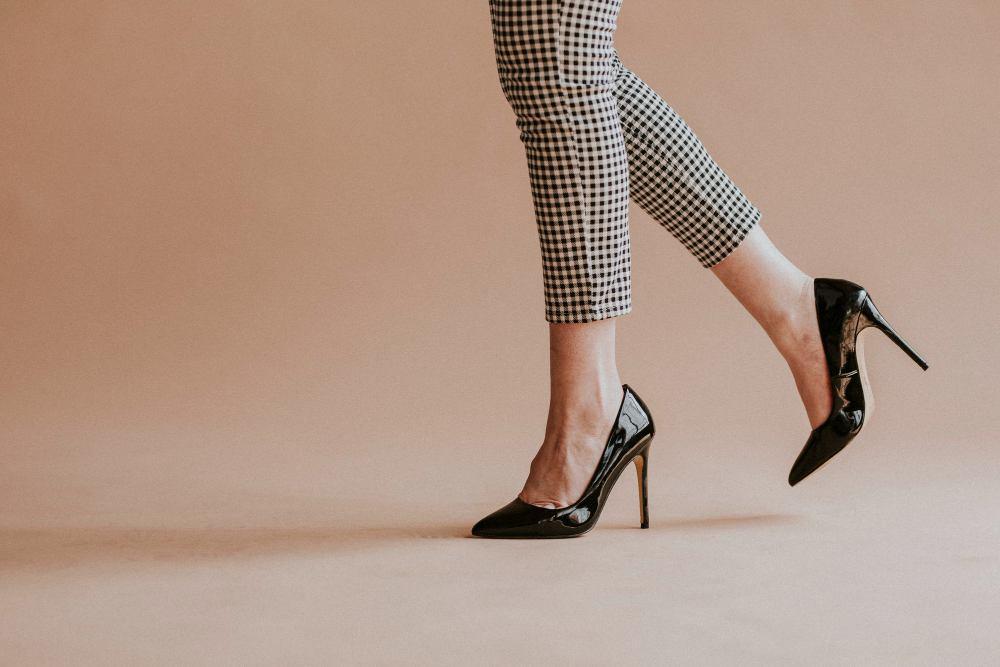Negative Effects of High Heels
 In the realm of fashion, high heels have long been celebrated as a symbol of sophistication and style. These towering symbols of glamour, however, come at a cost – both for your feet and overall well-being. Wearing high heels can have a multitude of negative effects on your feet, ranging from immediate discomfort to long-term health issues.
In the realm of fashion, high heels have long been celebrated as a symbol of sophistication and style. These towering symbols of glamour, however, come at a cost – both for your feet and overall well-being. Wearing high heels can have a multitude of negative effects on your feet, ranging from immediate discomfort to long-term health issues.
In this quick-read article brought to you by Mountain Spring Podiatry, we look at some of the consequences of wearing high heels. If you are experiencing chronic or severe foot and ankle pain, then make sure to see a licensed podiatrist in Bristow, or reliable foot doctor, to get things under control.
The Toll on Your Feet
High heels force your feet into an unnatural position and shift your body weight forward. This places excessive pressure on the balls of your feet, which will inevitably lead to pain, discomfort, and potential long-term damage. The elevation of the heel also alters the distribution of body weight, causing increased pressure on the knees and lower back.
Moreover, the calf muscles are significantly shortened when wearing high heels, which can result in muscle fatigue and stiffness. In fact, wearing high heels consistently can create an imbalance in the muscles of the legs and feet, potentially resulting in conditions like Achilles tendonitis.
It’s not just muscles that are affected. Wearing high heels regularly can contribute to joint and ligament strain too. The ankles are particularly vulnerable, as the elevated position of the heel puts extra stress on this crucial joint. Over time, this strain can lead to instability and an increased risk of sprains.
High heels can even change the appearance of your feet! Prolonged wear may contribute to the development of foot deformities such as bunions and hammertoes. The unnatural positioning of the foot can also cause structural changes in the foot’s arch, potentially leading to conditions like plantar fasciitis.
Minimizing the Risks That Come with High Heels
You don’t have to throw out your high heels. There is some middle ground to explore:
- Opt for lower heel heights whenever possible. A modest heel of one to two inches is generally considered a safer choice for everyday wear.
- Reserve high heels for special occasions and limit the duration of wear.
- Choose high-quality shoes with proper arch support and cushioning. Prioritize comfort and functionality over fashion trends.
- Incorporate stretching and strengthening exercises into your routine to counteract the negative effects of high heels.
- Regular visits to a licensed podiatrist can help monitor and address any foot-related concerns. A podiatrist can provide personalized advice, recommend appropriate footwear, and offer treatment for any emerging issues.
- Consider custom orthotic inserts to provide additional support and alignment. These inserts can be tailored to your foot’s unique shape, addressing specific concerns and enhancing overall comfort.
Consult with a Licensed Podiatrist
Let’s face it. Our feet are our primary mode of transportation. You take your car to the mechanic for maintenance, so why not visit a certified podiatrist, or experienced foot doctor, to have your feet evaluated for signs of trouble? Many foot conditions are manageable with timely intervention. Call Mountain Spring Podiatry to schedule an appointment with a licensed podiatrist today.
